Scientists have finally discovered the mystery surrounding a massive hole that appeared in Antarctica eight years ago.
This enigmatic phenomenon, known as the Maud Rise Polynya, has baffled researchers due to its enormous size and remote location.
However, recent findings clarify the cause behind its formation, sparking curiosity among people.
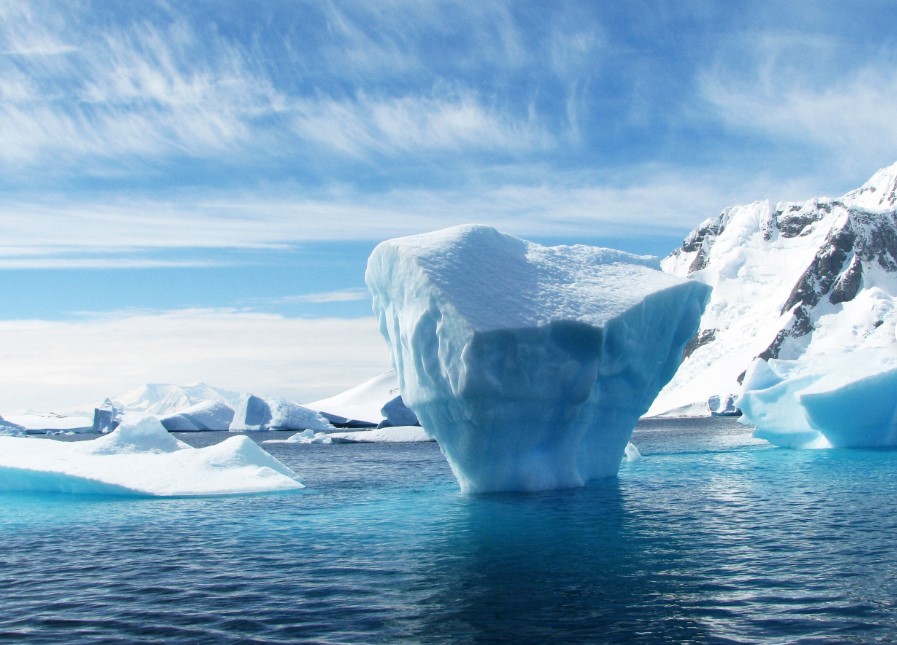
Scientists have solved the mystery of the huge hole that appeared in Antarctica eight years ago.
The hole, known as the Maud Rise Polynya, is an area of open water that forms within the sea ice, resembling a hole in layman's terms.
Remarkably, the magnitude of this hole, as it spans an area equivalent to the size of Switzerland, makes it the largest polynya on record in the past forty years.
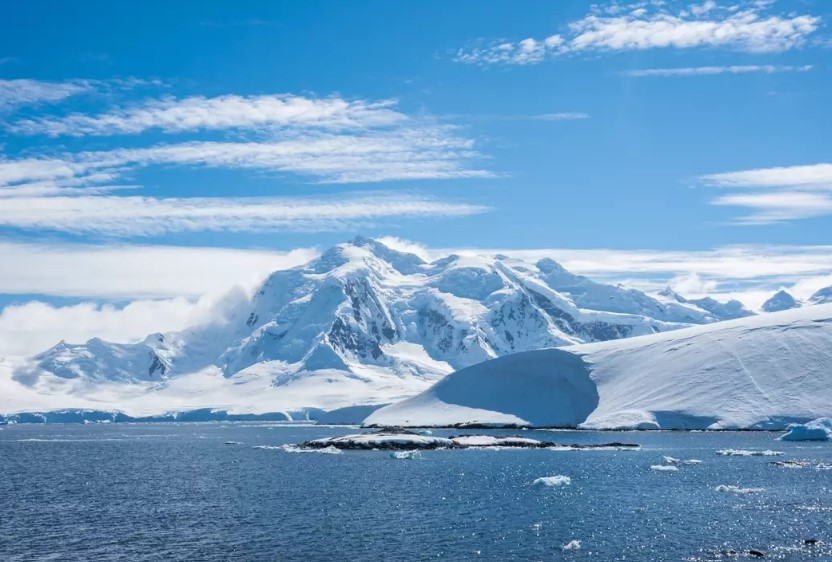
Initially, it was believed that the formation of this hole was due to the impacts of a storm and unexpected ocean conditions.
However, the recent research published in Science Advances suggests a different explanation.
The study indicates that a specific current, known as the Weddell Gyre, played a significant role in the formation of the polynya.
The Weddell Gyre brought warm and salty water to the surface as a result of strong currents between 2015 and 2018.
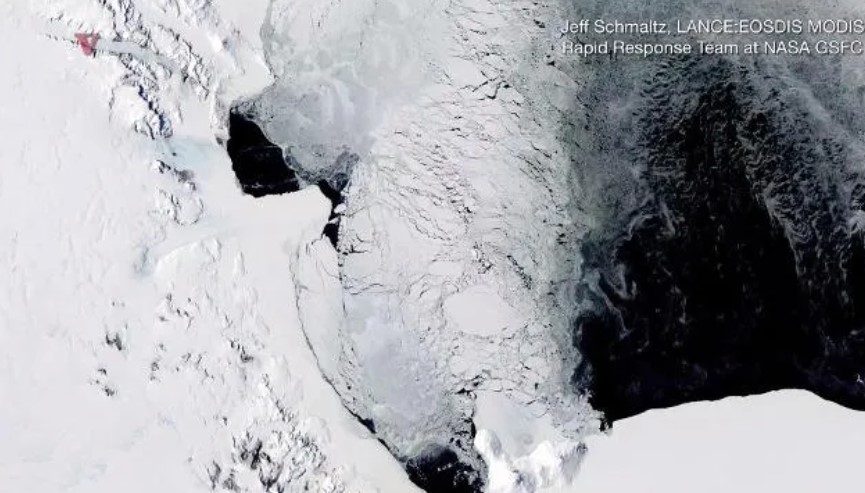
Professor Fabien Roquet from the University of Gothenburg says that the rising of warm water helps to melt the ice in the sea.
But when the ice in the sea melts, the water on the surface should become less salty, which would usually stop the mixing. So, there must be another way for salt to enter and keep the polynya going.
Professor Sarah Gille from the University of California San Diego adds that the impact of polynyas can endure in the water for several years after their formation.
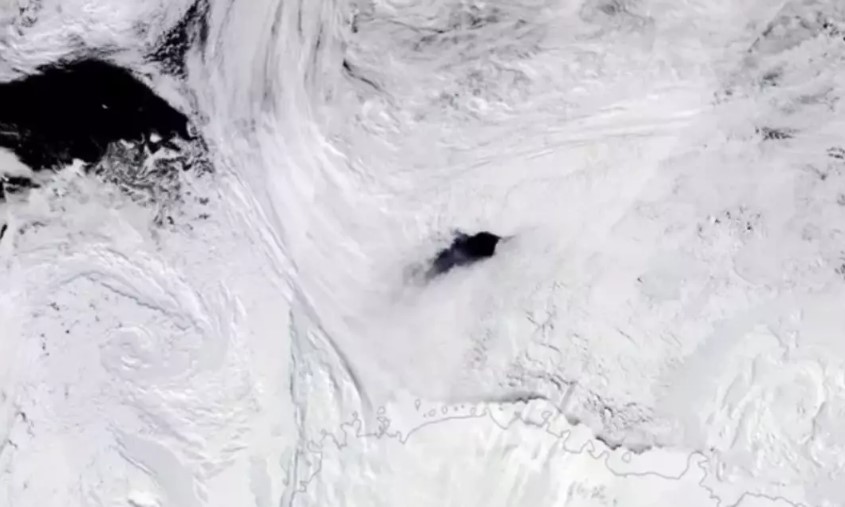
Polynyas can change how water moves and affect currents, which can carry heat toward the continent.
The heavy waters created in these areas can also spread throughout the world's oceans, influencing different oceanic activities.
The study's results offer a logical and scientifically based explanation for the creation and endurance of the large hole in Antarctica.
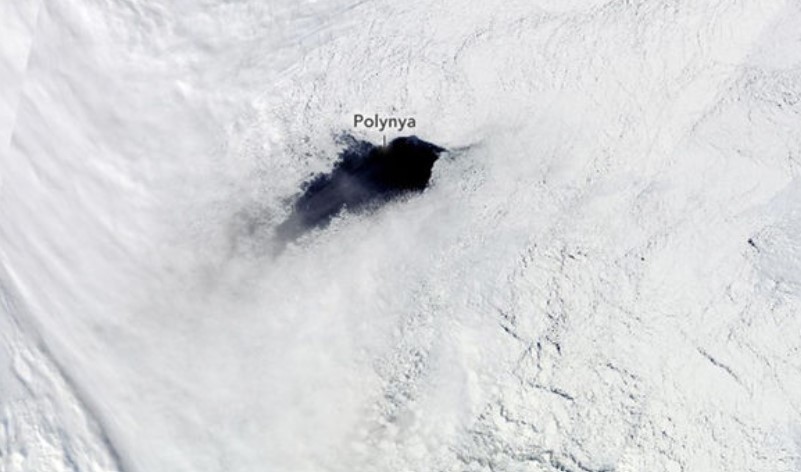
It dismisses any ideas of conspiracy theories involving aliens or ancient civilizations. Instead, it emphasizes the complex interactions of water and currents in the polar regions.
Previously, scientists have finally unraveled the 100-year-old mystery surrounding Blood Falls in Antarctica.
The Blood Falls is a peculiar phenomenon in East Antarctica, where water with a dark red color resembling blood flows from Taylor Glacier onto the icy surface of West Lake Bonney.
Scientists who focus on studying water and microorganisms in the area have conducted thorough research and explained this mystery.
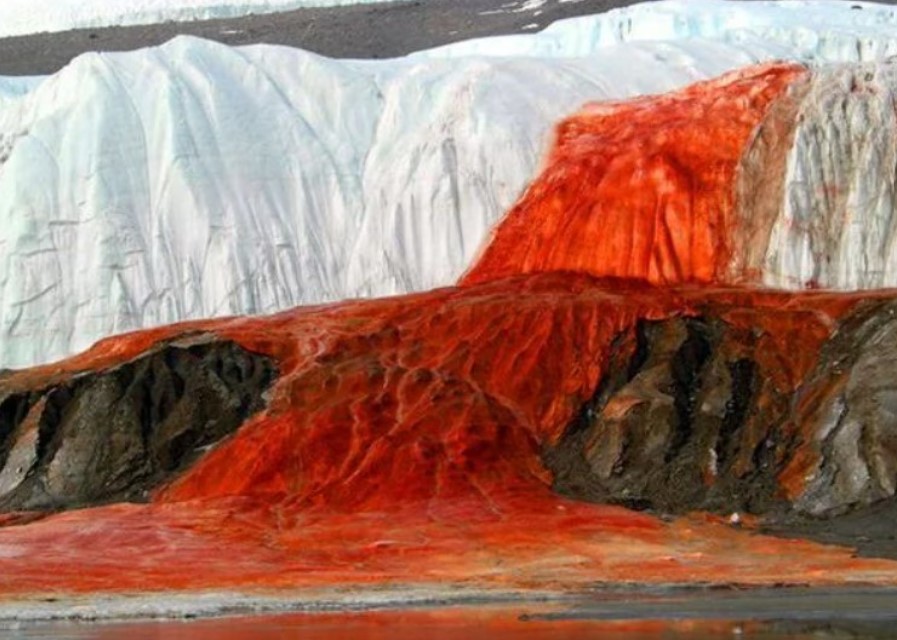
They found that the red color is not real blood but is instead caused by a substance called iron oxide, which is also known as rust.
The presence of iron oxide gives the water its distinct red color, making it appear similar to blood.
Scientists have explained that initially, the water from Blood Falls is clear because there is no oxidation.
However, when the water remains on the surface, it interacts with oxygen and iron-rich minerals in the glacier, causing oxidation and turning the water red.
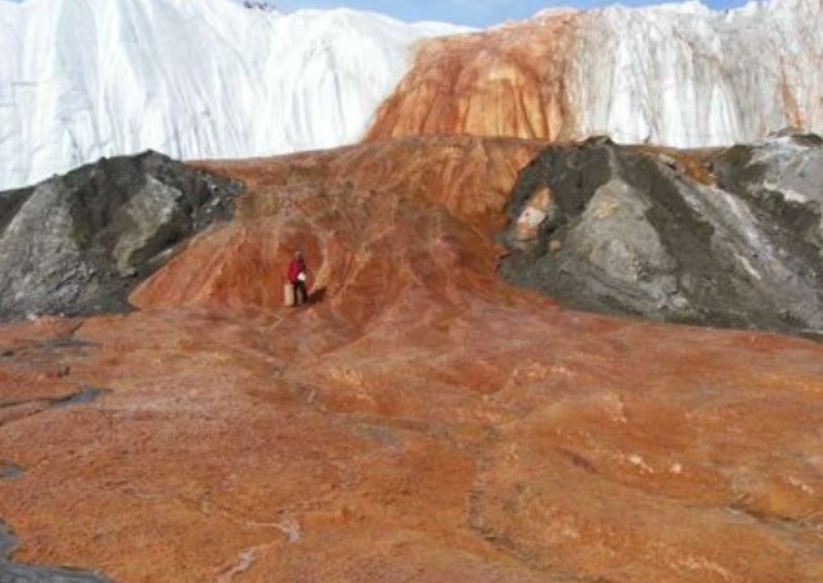
The unique characteristic of Taylor Glacier, which is not completely frozen to the bedrock, plays a vital role in the formation of Blood Falls.
This is due to the accumulation of salts from ancient seawater crystallization beneath the glacier. These salts prevent the glacier from freezing solid and allow water to flow, creating a fascinating spectacle.






